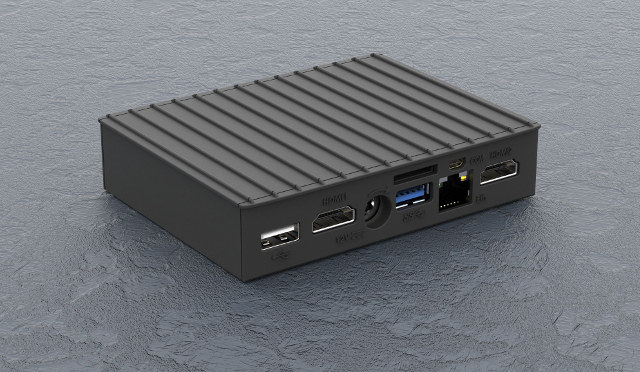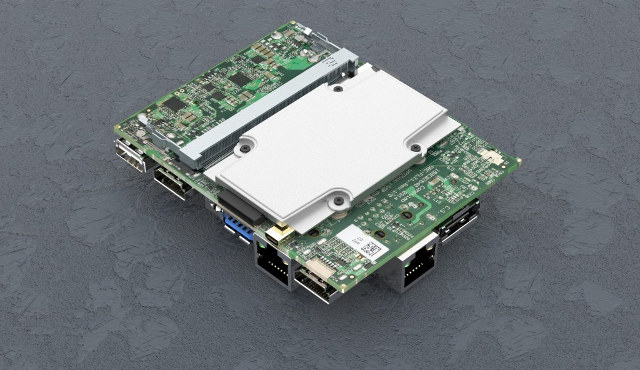Among the many Intel Cherry Trail and Braswell mini PCs, it’s nice to see an alternative with AMD processor, and after their Fitlet-H and Fitlet-iA10 mini PCs powered by AMD A10 Micro-6700T quad core processor, Compulab is back with two rugged models based on the processor, and supporting a wide temperature range, with namely Fitlet-RM-iA10 and Fitlet-RM-XA10 LAN mini PCs.

Fitlet-RM specifications:
- SoC – AMD A10 Micro-6700T 64 bit quad-core processor up to 2.2 GHz with AMD Radeon R6 Graphics (4.5 W TDP)
- System Memory – Up to 8 GB DDR3-1333 (1x SODIMM)
- Storage – mSATA up to 1 TB (SATA 3.0 6 Gbps); micro SD/SDXC slot up to 25 MB/s
- Display – 2x HDMI 1.4a ports
- Audio – S/PDIF 7.1+2 channels in/out + stereo line-out/line-in/mic + HDMI audio
- Connectivity
- Fitlet-RM-XA10 LAN – 4x Gigabit Ethernet ports (Intel I211), 802.11 b/g/n WiFi
- Fitlet-RM-iA10 – 2x Gigabit Ethernet ports, 802.11 b/g/n/ac WiFi (Dual band Intel 7260HMW module) + Bluetooth 4.0; support for mobile data communication with on-board micro-SIM socket
- USB – 2x USB 3.0 + 3x USB 2.0
- Expansion – RS232, UART (3.3V), SMBUS, 8x GPIOs, mini PCIe in fitlet-RM-iA10 (used by WLAN card)
- Power Supply – 12V (10V-15V tolerant)
- Dimensions – 10.8 cm x 8.3 cm x 2.4 cm (metal housing)
- Temperature Range – -400C to 700C
Both systems officially support Windows 7/10, and Linux Mint. VESA and DIN-rail mounting, power and USB locking, power button disable and remote power button are also among the options for the computer.
fitlet-RM mini computers also come with a 5 year warranty, and barebone versions of fitlet-RM-iA10 and fitlet-RM-XA10 LAN are available respectively for $311 and $327. More details may be found on Fitlet-RM product page. A review of the non-rugged model released earlier, Fitlet-X10 LAN, can be found on Anandtech.


Jean-Luc started CNX Software in 2010 as a part-time endeavor, before quitting his job as a software engineering manager, and starting to write daily news, and reviews full time later in 2011.
Support CNX Software! Donate via cryptocurrencies, become a Patron on Patreon, or purchase goods on Amazon or Aliexpress





